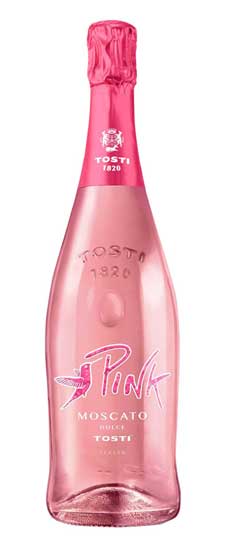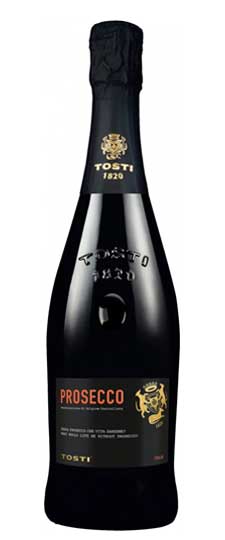Wine Score
 Glera is a long-standing synonym of northern Italy’s Prosecco grape, and the name by which it is now officially known. This green-skinned variety has been grown for hundreds of years in the Veneto and Friuli regions, most famously to produce sparkling Prosecco wines.
Glera is a long-standing synonym of northern Italy’s Prosecco grape, and the name by which it is now officially known. This green-skinned variety has been grown for hundreds of years in the Veneto and Friuli regions, most famously to produce sparkling Prosecco wines.
The Prosecco-Glera name change happened in 2009, when Conegliano-Valdobbiadene Prosecco was promoted to full DOCG status (the highest level of Italian wine quality). In light of this promotion, it was decided that the name Prosecco should be reserved exclusively for wines covered by Italy’s official Prosecco appellation titles, and should not be used for the grape variety.
Glera is a highly productive grape that ripens late in the season. It has high acidity and a fairly neutral palate, making it ideal for sparkling wine production. Glera’s aromatic profile is characterized by white peaches, with an occasional soapy note. The wine is light-bodied and low in alcohol (8.5 percent is the minimum permitted ABV for Prosecco wines), suggesting it as a refreshing summer beverage or as an aperitif.
Outside Italy, Glera is grown in Slovenia and Australia, in particular the King Valley.
Region

Prosecco is a sparkling wine from north-eastern Italy, specifically the Veneto and Friuli-Venezia Giulia wine regions. It is also the informal name for the grape variety used to make these wines, which is now known officially as Glera. Until 2020 the designation applied only to white wine, but Prosecco Rosé was introduced in 2020.
Italian Prosecco was once a broad category of sweet fizz, bearing a strong resemblance to the low-quality Asti (then called Asti Spumante). It was seen to some degree as poor man’s champagne. It was used by wine educators to demonstrate the quality difference between sparkling wines made in the methode traditionelle and those made by the Charmat method.
But as production and viticultural techniques improved, so did the wines. The bubbles began to get finer and more persistent, and the flavors and aromas developed a subtle complexity. The excessive sugar additions once used to cover up winemaking defects lessened. Now Prosecco has become more than just a component of Bellini cocktails.







